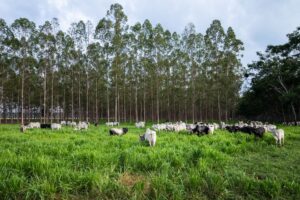
Can Brazil save the Amazon and produce enough beef to feed the world?
Restoring 40 million hectares of pasture could feed billions and ease pressure on the Amazon. Is the world paying attention?
“When I lived in China, I constantly saw grandparents or parents walking alongside their children — and their kids would be noticeably much taller than them,” said Lynda McDonald, project manager for dairy development at Tetra Pak. “That’s not genetics — we’re looking at one to two generations. That’s nutrition, and it’s really incredible.”
What Lynda witnessed during her three years living in China isn’t just anecdotal. It reflects a well-established scientific truth: Animal-sourced proteins, particularly those found in dairy, are vital to human growth and development, especially in children. And in populations like China’s, where dairy has historically not been a dietary staple and childhood stunting — impaired growth and development due to chronic undernutrition — remains a challenge, school milk programs are one of the most effective ways to ensure that children receive the nutrients they need to thrive.
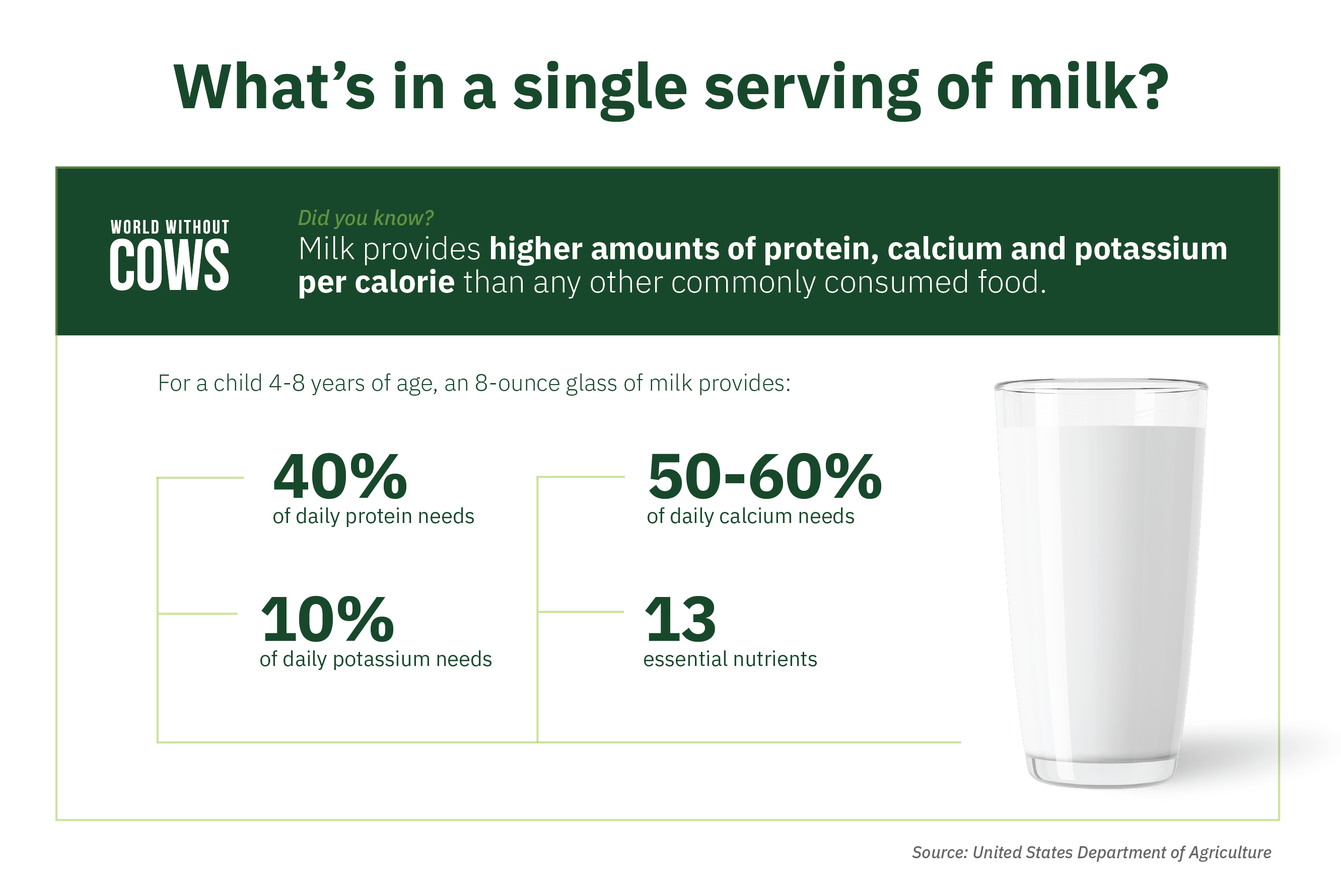
“The World Health Organization considers height a determinant of overall health and a ‘biological marker of living standards,’” Lynda explained, noting the strong connection between height, childhood nutrition, economic stability and public health.
A single glass (or 250 milliliters) of milk delivers around 8 grams of complete protein, along with calcium, vitamin B12, iodine and other essential nutrients that support bone development, muscle growth and cognitive function. As such, when it comes to fueling healthy growth, few foods and beverages are as effective as milk.
Recognizing this, China initiated its National School Milk Program in 2000. Research later confirmed that students who consumed two cartons of milk per day experienced notable height growth over a period of six months, with average increases of 0.72 centimeters in 7-year-olds and 0.46 centimeters in 9-year-olds compared to non-milk drinkers.
Additionally, further studies between 2012 and 2019 showed that the average height of girls attending schools in regions covered by the state-backed school meal program increased by 1.69 centimeters, while the boys’ average height grew by 1.54 centimeters. Studies also found that children consuming dairy at least once a day had a 28% lower risk of stunting compared to those without dairy intake in the previous week.
Today, the Dairy Association of China aims to reach 35 million children and distribute 32 million units of milk per day.
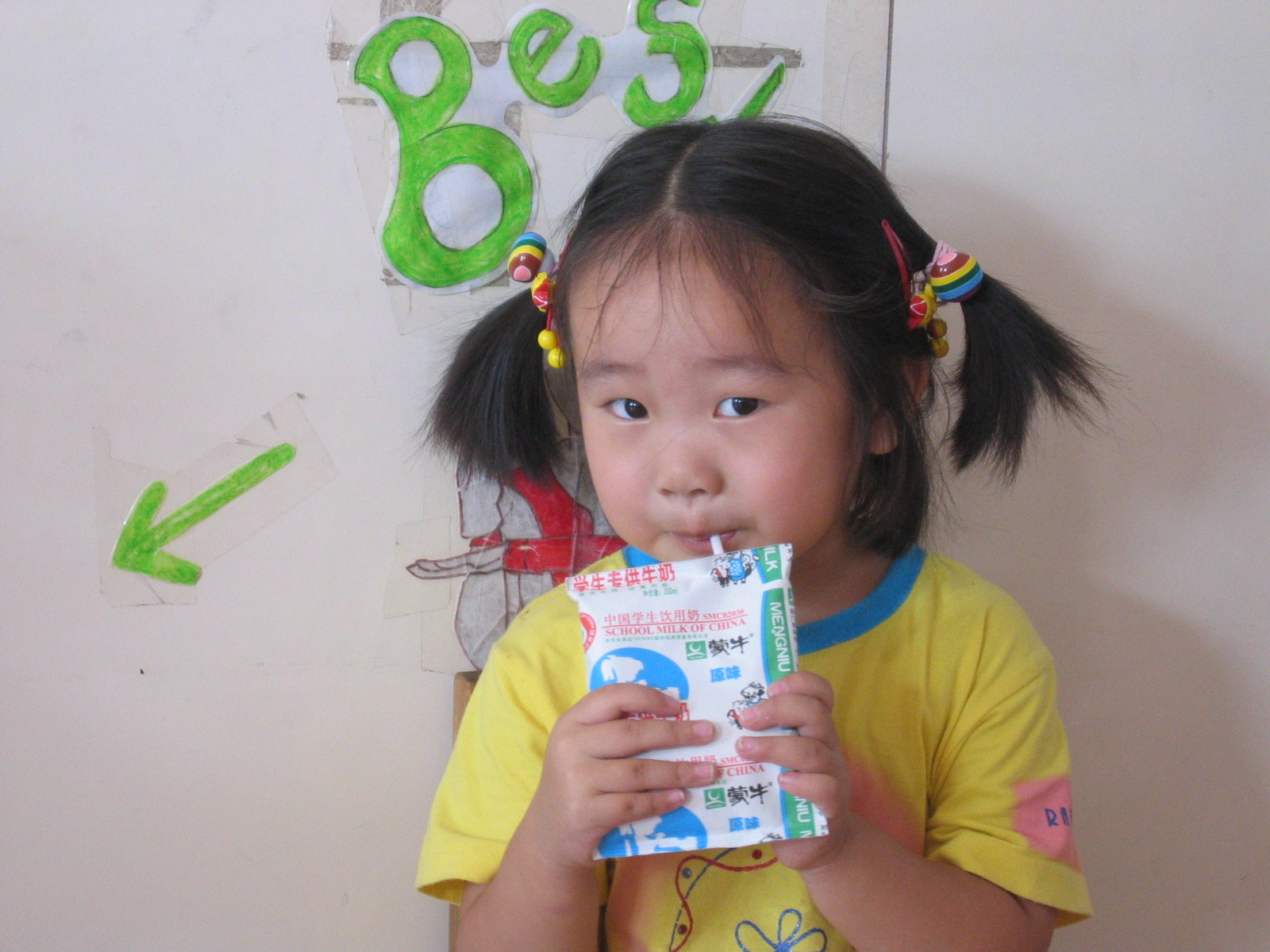
Through her work at DeLaval — a global dairy and farming machinery company within the Tetra Laval Group — and Tetra Pak, Lynda has dedicated decades of her career to improving global dairy development and milk quality management. Her colleague, Katarina Eriksson, director of Food for Development in Europe, has spent over 25 years working with Tetra Pak customers, governments, NGOs and other stakeholders to develop school feeding and nutrition programs worldwide.
“Our goal is to contribute as much as we can to help the global School Meals Coalition initiative reach its goal of ensuring that every child can receive a healthy, nutritious meal in school by 2030,” Katarina said.
As the world’s leading food processing and packaging solutions company, Tetra Pak works closely with customers and their suppliers around the world to provide safe beverages and shelf-stable milk for schools. Tetra Pak’s protective aseptic carton ensures that milk stays safe at room temperature for more than six months when unopened — a necessity for schools in regions without reliable cold storage.
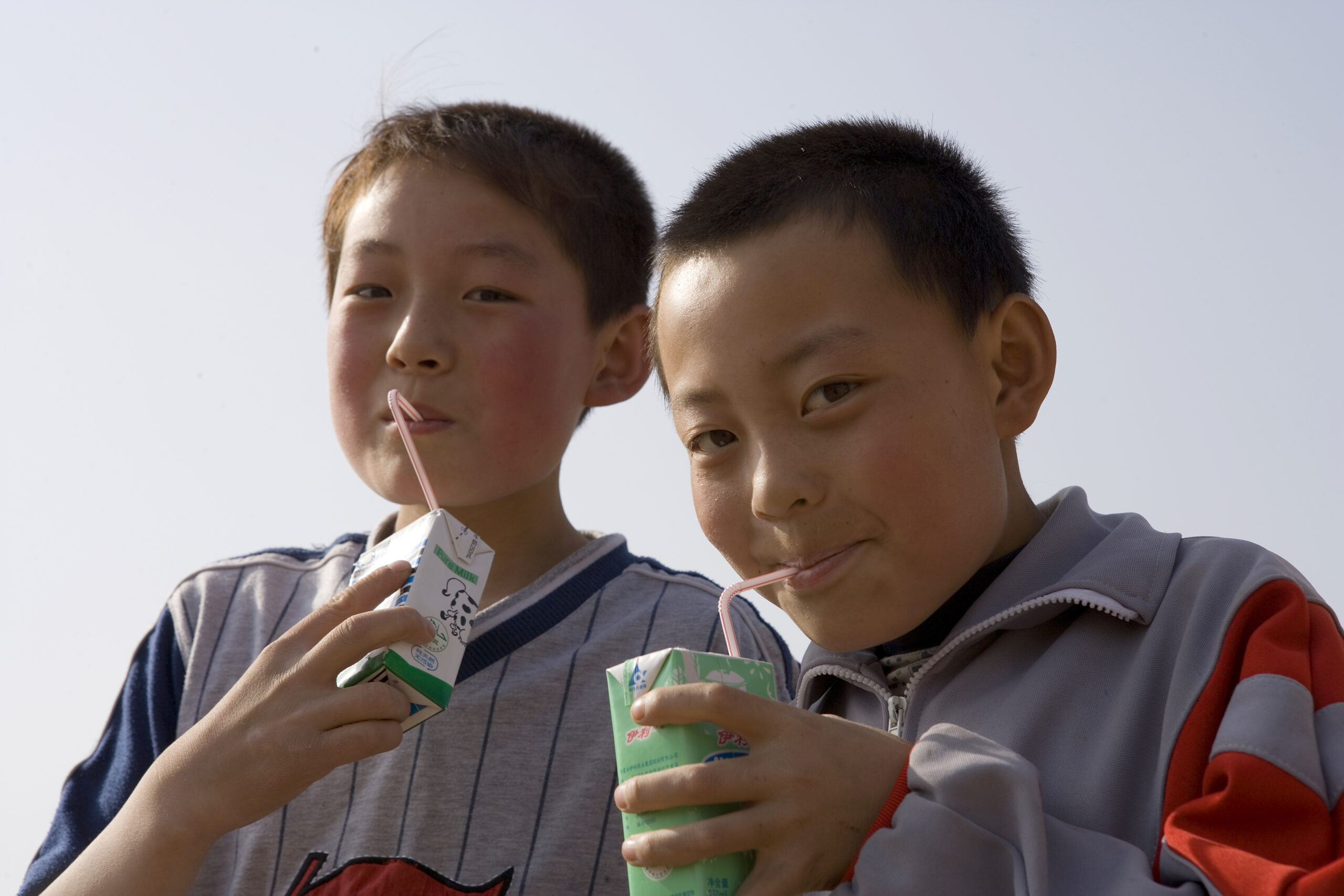
The first school milk program using Tetra Pak packages was introduced in Mexico in 1962, and in the decades since, the company has steadily grown its reach. In 2024, Tetra Pak:
Tetra Pak originates in Sweden, so it’s no surprise that the company prioritizes school feeding programs as one of the most important ways to address hunger and malnutrition, enable greater access to education and alleviate poverty. After all, Sweden has provided free school lunches, including milk, to all primary-aged children for decades through its universal school lunch policy, which was gradually rolled out after World War II in response to concerns about the quality and nutrition of school lunches packed from home.
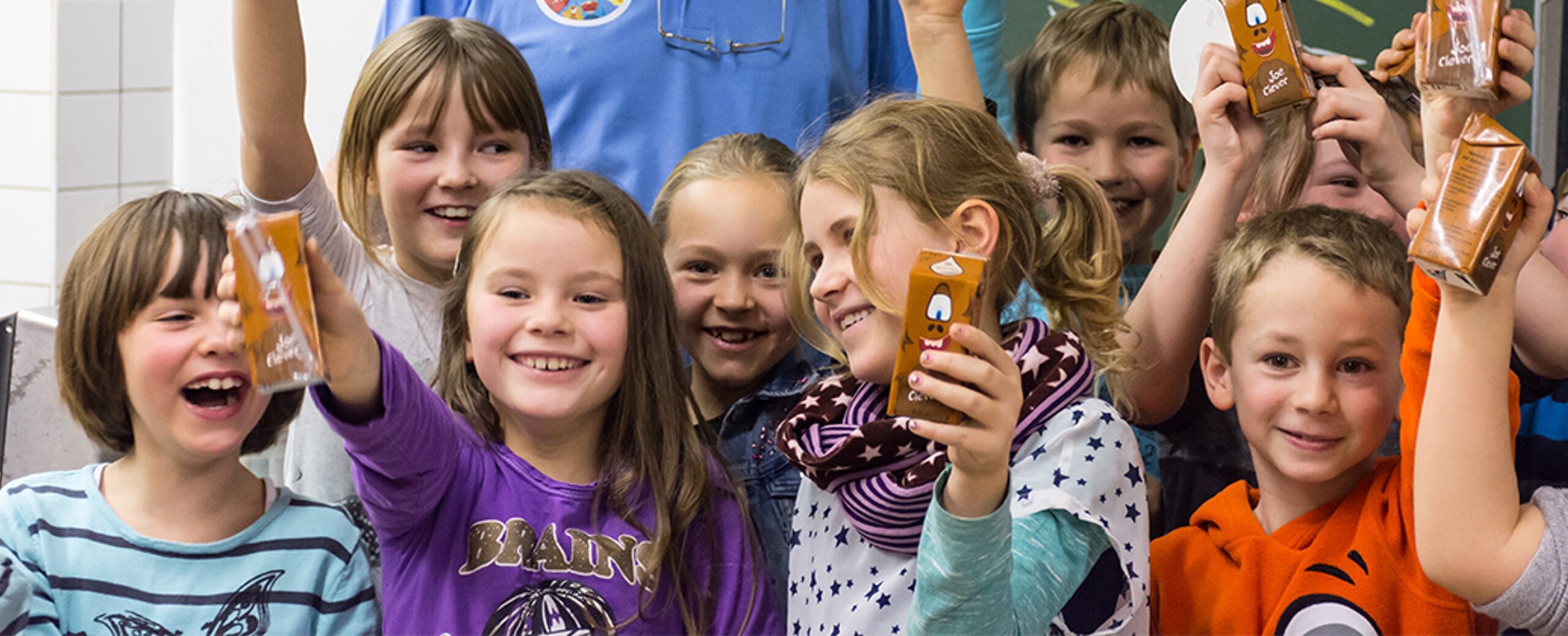
“In Sweden, we are very lucky: We have free school food, including milk, for all kids — and we’ve had that for a long time,” Katarina said. “This didn’t happen overnight, though; it was introduced municipality by municipality over several years. And as a study to measure its impact has shown, the benefits of providing school food to children are very clear.”
Nearby, Finland has the longest-running free-of-charge school feeding program in the world, providing school meals for all of its students for more than 75 years.
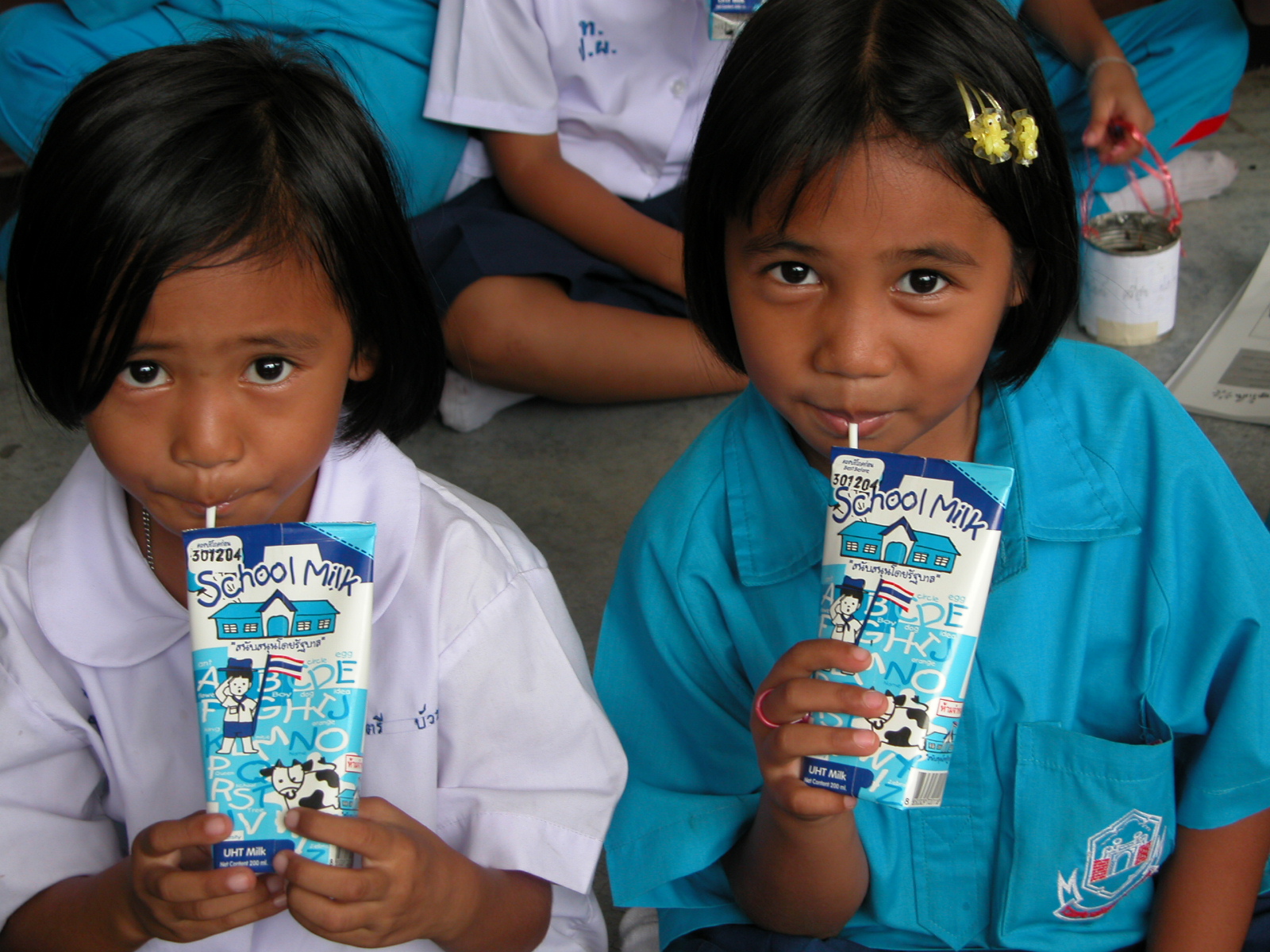
When milk production started to grow in Thailand in the early 1980s, demand didn’t keep up, and much of the locally produced milk remained unsold. To increase consumption, a free school milk program was introduced in 1988 — first as a small pilot program for children in kindergarten, but soon growing to cover millions of children in pre- and primary school. By 1999, the program had grown to include 6.2 million students in Thailand, providing each child with 200 milliliters of pasteurized or ultra-high temperature (UHT) milk every school day.
Studies from the early years of school milk programs in Thailand showed that children grew taller upon consuming milk and malnutrition rates dropped. The Office of the Board of Primary Education reported that children drinking milk at school grew an additional 3 centimeters taller each year. Between 1990 and 1996-97, malnutrition rates among children dropped from 19% to around 10%.
The increased demand for milk generated by Thailand’s school milk program has also had a significant impact on the country’s dairy industry. Today, the principal objective of the National School Milk Program is to support the Thai dairy industry by creating a market for locally produced milk. Since establishing the program, Thailand has inspired many countries to introduce school milk as a way to create demand and incentivize production — including China, which studied the Thai program before introducing its own school milk program.
In developing countries such as Kenya, where 29% of children in rural areas are considered malnourished and 20% are considered stunted, school lunches are often one of the only reliable sources of food. This fact often encourages parents and children to prioritize school, which can translate to better educational opportunities.
“In societies where kids are not necessarily getting this type of nutrition at home, it becomes a very strong incentive for parents to send their kids to school,” explained Katarina.
Since re-launching its school milk programs in 2012, Kenya has seen significant increases in school enrollment, including growth of:
An additional benefit of Kenya’s school milk program is its impact on smallholder farmers, providing them with a stable and guaranteed market for their milk. This not only strengthens local dairy economies but also creates opportunities for future generations of farmers.
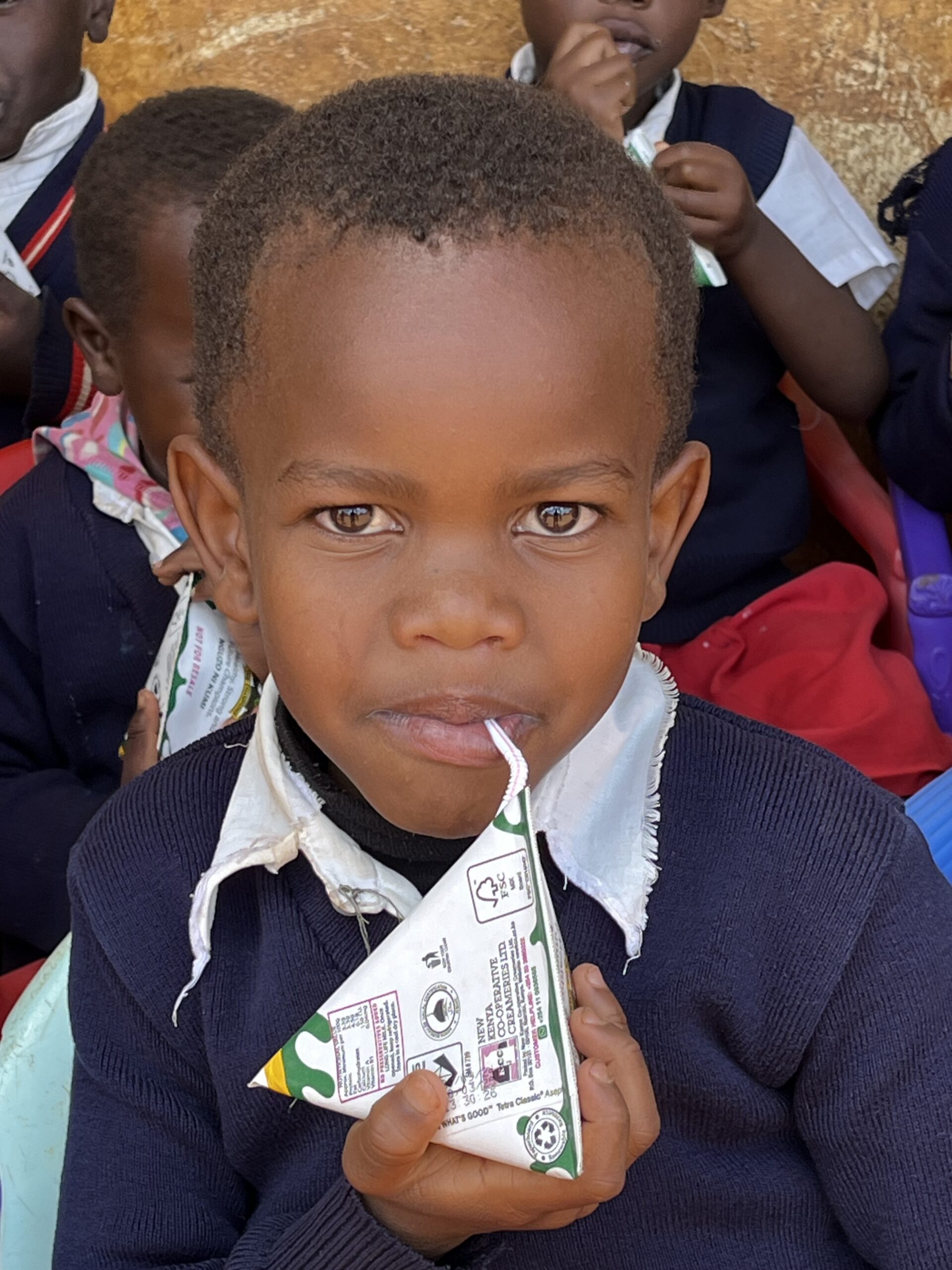
For example, Githunguri Dairy Farmers Co-Operative, a partner in Kenya’s school milk program, goes beyond supplying milk by investing in the development of women and youth farmers.

With at least 210 million children across the globe currently receiving and reaping the benefits of milk and dairy products at schools — either as part of government-sponsored school feeding programs or through stand-alone school milk initiatives — there is no question that school milk programs work. Multiple studies confirm that students who receive meals at school, including milk or other dairy products, achieve not only better nutrition now but better long-term health, as well as enhanced learning and higher educational attainment. This impact cannot be understated.
“For every one dollar invested in school feeding programs, including school milk, society benefits by at least seven dollars. That’s a massive return,” Lynda noted, adding that these programs are one of the most cost-effective interventions in global health, particularly in regions where nutrition and education remain fragile.
With such a high return on investment, school milk programs don’t just pay for themselves — they deliver long-term economic value. Well-nourished children stay in school longer, learn more effectively and grow into healthier, more productive members of society. This creates stronger workforces and leads to higher earnings and lower healthcare costs.
As illustrated in the many studies and papers mentioned above, these programs have more than proven their effectiveness. Now, it’s time to begin scaling them to reach every child.
Want to get involved? Here are four ways you can help drive action and awareness about the value of school milk:
Learn how dairy combats malnutrition, supports communities and drives innovative solutions for a healthier planet.

Restoring 40 million hectares of pasture could feed billions and ease pressure on the Amazon. Is the world paying attention?

New mini-doc explores deforestation, food security and the Brazilian cattle sector’s path to a more sustainable future

Mention Brazilian beef, and you’re likely to spark discussion about familiar themes: deforestation, emissions and blame. What do we find when we dig deeper? Here are the answers to five top questions about Brazil’s role in protecting the Amazon and feeding the world.

From science to the big screen: Discover how a single question grew into a global journey.

The role of essential oils like thyme, oregano and clove in reducing methane emissions from cattle.

Exploring the science of cows, climate change and how greenhouse gases move through the atmosphere
Receive notifications about the release date, new online content and how you can get involved